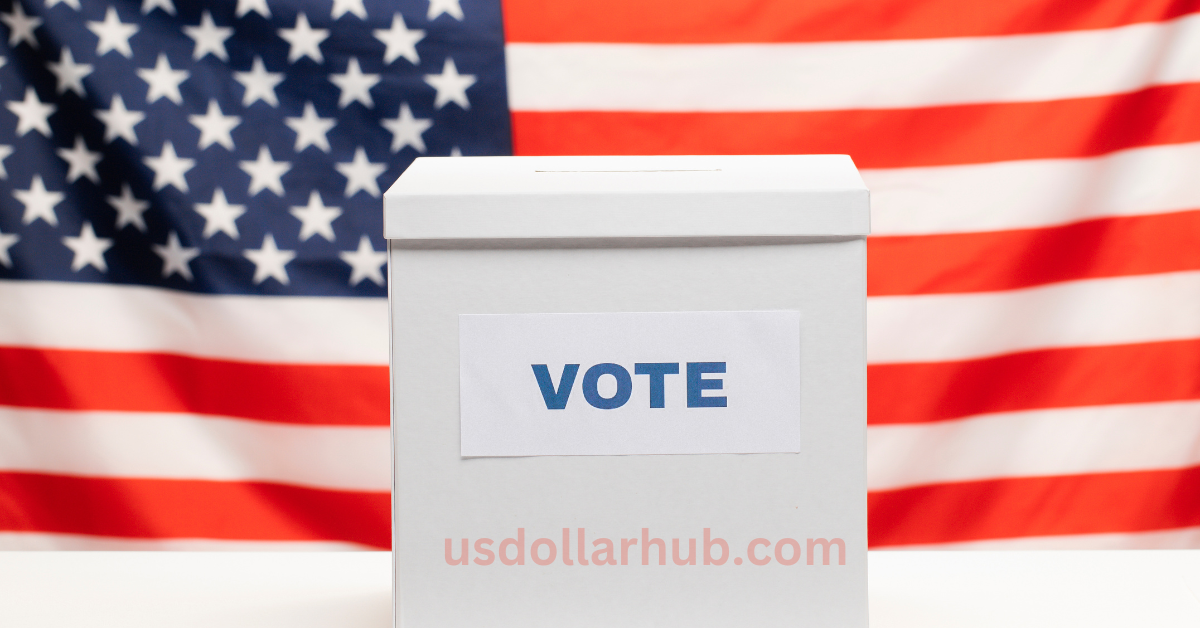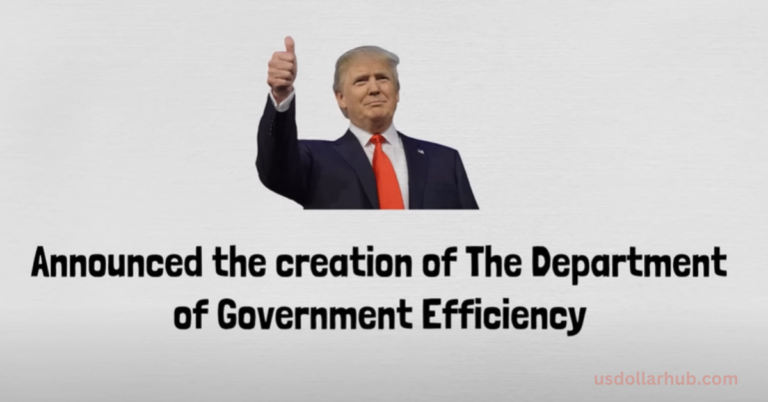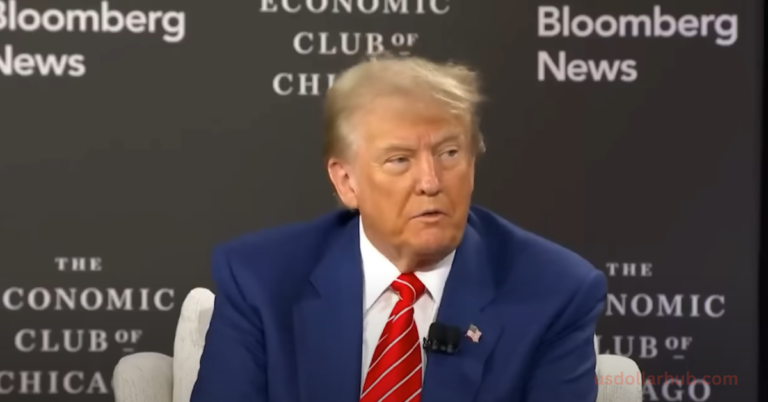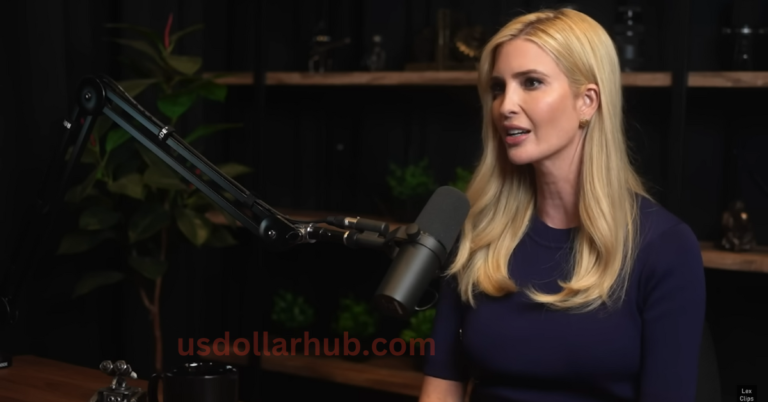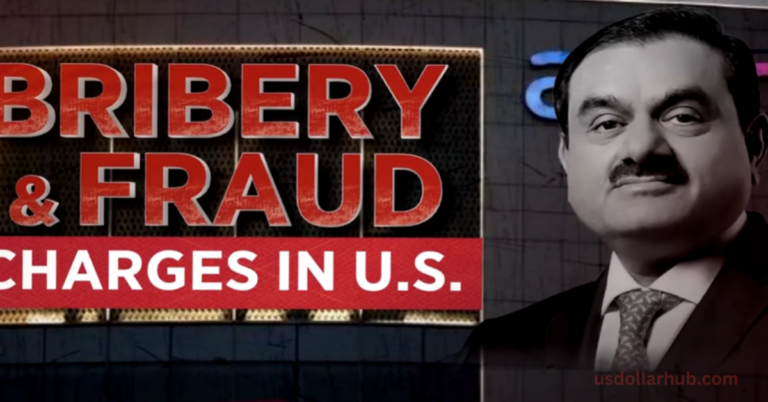US Elections 2024: Harris vs. Trump on the Economy
The 2024 U.S. Presidential Election is shaping up to be a pivotal moment, with economic policies taking center stage. Vice President Kamala Harris and former President Donald Trump are vying for the support of the American electorate with contrasting economic visions. This election could impact everything from your wallet to the broader economic future of the United States. Here, we explore each candidate’s policy proposals, examining how their plans might impact American families, businesses, and the economy at large.
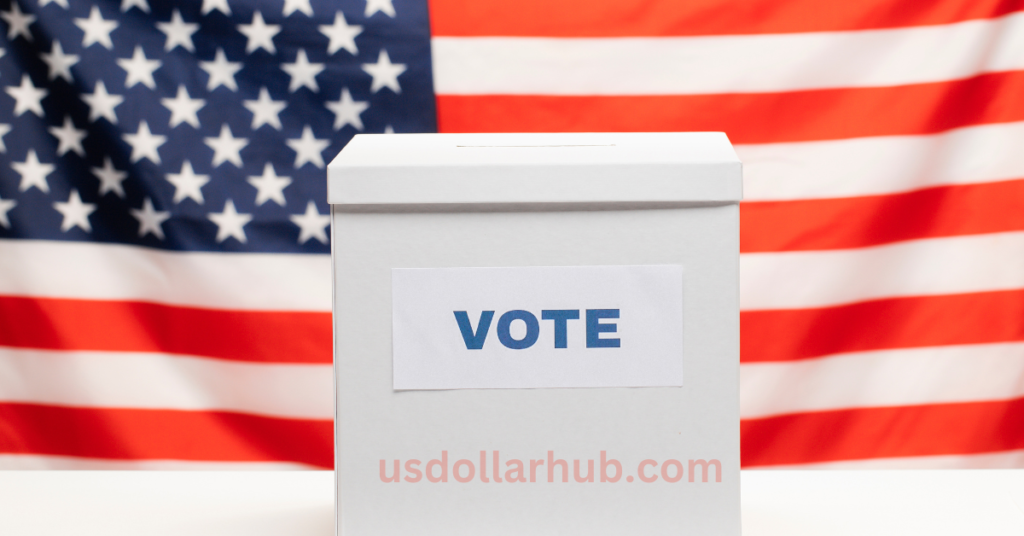
Table of Contents
- US Elections 2024
- Kamala Harris’s Economic Plan
- Tax Relief for Service Workers
- Expanded Child Tax Credit
- Affordable Housing Initiative
- Donald Trump’s Economic Plan
- Tax Breaks for American-Made Goods
- Capping Credit Card Interest Rates
- Tariffs and Trade Policies
- Key Differences Between the Candidates’ Economic Plans
- Impact on Middle-Class Americans
- Final Thoughts
- Disclaimer
US Elections 2024
As Americans head to the polls in 2024, the economy stands as a key issue. Economic pressures such as inflation, rising interest rates, and housing affordability are concerns that candidates are addressing head-on. Both Vice President Kamala Harris and former President Donald Trump aim to appeal to voters through their respective economic policies, which are as distinct as their political ideologies. From tax policies to tariffs and housing reform, each candidate offers a unique approach to navigating the economic landscape.
Kamala Harris’s Economic Plan
Vice President Kamala Harris’s economic policies emphasize middle-class relief and supporting underrepresented sectors of the economy. Here’s a closer look at some of her major proposals:
Tax Relief for Service Workers
To attract support from the service and hospitality sectors, particularly in states like Nevada, Harris proposes ending federal income taxes on tips. Tips would remain subject to payroll taxes, but the reduction in federal income tax would significantly impact service workers’ take-home pay. This proposal aligns with her broader goal of reducing economic burdens on low- and middle-income workers.
Expanded Child Tax Credit
A significant component of Harris’s economic platform is the expansion of the Child Tax Credit, which would restore the popular enhancements from the American Rescue Plan. The credit, which was temporarily increased to $3,600 per child in 2021, would be made permanent under Harris’s proposal, providing critical support to millions of American families. By extending this benefit, Harris aims to alleviate financial pressures on families with children.
Affordable Housing Initiative
Addressing housing affordability is another cornerstone of Harris’s campaign. Her proposal includes several initiatives aimed at reducing barriers to homeownership. For first-time buyers, she has proposed up to $25,000 in down payment support and a $10,000 tax credit. Her plan is geared toward expanding housing access and affordability, especially for first-generation homebuyers, and builds upon existing policies from the Biden administration to tackle the housing shortage.
Donald Trump’s Economic Plan
Former President Donald Trump is taking a pro-business approach with targeted tax cuts and protective trade policies. Trump’s proposals focus on deregulation, tax relief, and tariffs to boost American manufacturing and reduce costs for American consumers.
Tax Breaks for American-Made Goods
Trump’s tax plan includes a reduction in taxes on American-made products, aiming to support domestic manufacturing. Additionally, he has pledged to eliminate federal taxes on tips, Social Security benefits, and overtime pay, a move he first proposed at a rally in Las Vegas. By doing so, Trump aims to increase the disposable income of working Americans while incentivizing domestic production.
Capping Credit Card Interest Rates
In response to concerns over consumer debt, Trump has proposed temporarily capping credit card interest rates at 10%, significantly lower than current market rates. He also plans to make interest on car loans fully tax-deductible, similar to the mortgage interest deduction. This proposal could provide meaningful financial relief to families struggling with high-interest debt.
Tariffs and Trade Policies
Trump’s approach to international trade centers on imposing tariffs to protect American industries. He has proposed a 10% tariff on all imports, which he claims will strengthen U.S. manufacturing and create jobs. Additionally, Trump has suggested a tariff of up to 60% on Chinese imports. These tariffs, however, may lead to higher prices for consumers, which Harris’s campaign has criticized as a likely source of inflation.
Key Differences Between the Candidates’ Economic Plans
The economic strategies of Harris and Trump diverge on several key issues, including taxation, trade, and financial relief.
- Tax Relief: Harris emphasizes middle-class tax relief through measures like the expanded Child Tax Credit, while Trump focuses on reducing taxes on American-made goods and eliminating taxes on tips, Social Security benefits, and overtime pay.
- Housing: Harris has a comprehensive plan for housing affordability, offering down payment assistance and first-time homebuyer tax credits. Trump has yet to unveil a formal housing proposal, though he supports reducing regulatory barriers.
- Trade and Tariffs: Trump’s trade policy is heavily tariff-focused, with a protectionist slant aimed at boosting American manufacturing. Harris’s campaign, while critical of Trump’s broad tariffs, has largely maintained the tariffs established by the Biden administration.
Impact on Middle-Class Americans
Middle-class Americans are a key demographic for both candidates, with Harris and Trump each promising to improve economic conditions for this group. Harris’s plan to expand the Child Tax Credit could deliver substantial financial benefits to families, while her housing initiatives may make homeownership more attainable. Trump’s proposed tax cuts and interest rate caps would directly address middle-class concerns around debt and disposable income, with an emphasis on reducing costs related to consumer financing.
Final Thoughts
The economic policies outlined by Kamala Harris and Donald Trump represent two contrasting visions for America’s future. Harris leans toward an opportunity-based economy that provides support for low- and middle-income families and promotes renewable energy and healthcare reform. Trump’s approach emphasizes American manufacturing, reduced consumer costs, and a robust tariff regime to protect domestic jobs. Voters in the 2024 election will weigh these economic platforms carefully, considering which vision aligns best with their financial needs and values.
As the election approaches, Americans will closely monitor these competing economic plans to determine which leader offers a path forward for a stable and prosperous economy.
Disclaimer
The information provided in this article is based on the candidates’ current campaign statements and proposals and is intended for informational purposes only. Readers should not interpret this as financial or legal advice. UsDollarHub.com does not endorse any political candidate or party and encourages readers to consult with professionals regarding any economic or financial decisions.
